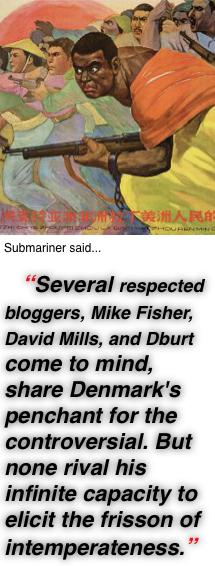 A meme (pronounced /miːm/[1])
A meme (pronounced /miːm/[1]) consists of any unit of cultural information, such as a practice or idea, that gets transmitted verbally or by repeated action from one mind to another. Examples include thoughts, ideas, theories, practices, habits, songs, dances and moods and terms such as race, culture, and ethnicity.
Memes propagate themselves and can move through a "culture" in a manner similar to the behavior of a virus. As a unit of cultural evolution, a meme in some ways resembles a gene. Richard Dawkins, in his book, The Selfish Gene, recounts how and why he coined the term meme to describe how one might extend Darwinian principles to explain the spread of ideas and cultural phenomena. He gave as examples tunes, catch-phrases, beliefs, clothing-fashions, and the technology of building arches.
Meme-theorists contend that memes evolve by natural selection (similarly to Darwinian biological evolution) through the processes of variation, mutation, competition, [Think Hip Hop] and inheritance influencing an individual entity's reproductive success. So with memes, some ideas will propagate less successfully and become extinct, while others will survive, spread, and, for better or for worse, mutate. "Memeticists argue that the memes most beneficial to their hosts will not necessarily survive; rather, those memes that replicate the most effectively spread best, which allows for the possibility that successful memes may prove detrimental to their hosts."
















































































































1 comment:
When a meme exploits an underlying cognitive error, then it can become particularly hardy and pernicious - functioning just like a computer virus - and beyond the means of its host to alter, stop, or control.
Post a Comment